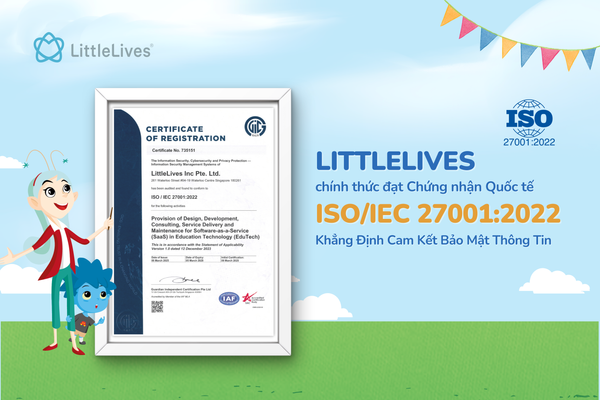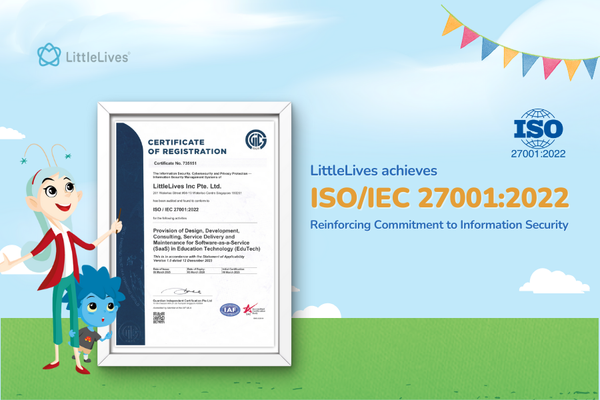How Can Online Learning Reduce the Cost of Higher Education?

Thanks to new technologies, new opportunities in teaching have appeared that enable the spread of knowledge in many ways. A large amount of information has quickly become available on the Internet, initially posted randomly on personal websites. Internet users soon realized that there is a need for educational platforms and intellectual property licenses, but they should stay free and available for everyone.
Large educational institutions were slow to join this popular movement. But in 2010, a series of separate initiatives from several American universities launched a critical movement, which a few years later transformed into a stream of courses available on the Internet; these online courses are open to everyone. The online learning materials and courses are free for Internet users; most of the courses are built on a freemium model. This model is supposed to be free courses, but the platforms offer additional paid options.
Online learning is a revolution in the higher education system. In the past, top universities’ high-level courses were aimed at those with financial opportunities. If they are made available to everyone in the blink of an eye, they should decrease inequality by educating those who have no opportunity to study in educational establishments and validating their skills. In addition, learning management systems for schools and a full switch on distance education can decrease the cost of education in general.
Pros And Cons of Online Learning System

Of course, remote learning has its benefits and drawbacks. Advantages of online learning for staff and students:
- High efficiency, thanks to the use of convenient tools. First of all, these are presentations, tests, video chat, screening, and the ability to review the lesson repeatedly.
- It is easier to track each learner's progress because the training programs offer convenient tests and statistics. It means that less effort is needed to assess the students by academic staff; it is time-efficient and less paid.
- Online learning saves money and comes to the rescue when staff training; it is beneficial when it comes to the issue of rapid turnover in staff. Everyone can save money since there is no need to constantly pay for a coach, rent a room, or pay for accommodation.
- E-learning enhances the student base. More students mean new income to universities. Moreover, students can choose teachers they are willing to work with.
- You can teach from anywhere but always look professional or even turn off the camera at all.
- No one is late for a lecture. Thanks to the mobile application, you can connect to the lesson even using a device, being in a traffic jam, or just getting out of bed.
Disadvantages of Online Learning:
- It takes time. First, the establishment has to provide or develop a respective platform. The development and technical maintenance cost a fortune. Then, staff must learn how to use the e-learning platform. Moreover, you need to master the techniques of effectively conducting online seminars. Thirdly, it is worth preparing each lesson, lecture, or assignment from a technical point of view. In addition, each teacher must use methods to keep learners' attention. Otherwise, learners may simply fall asleep at a computer or other device that transmits audiovisual information.
- Because it is imperative to get acquainted with technical issues, you can lose experienced teachers. The choice of equipment and a suitable platform for conducting courses can scare off the older generation. Or you will have to spend time improving their professional qualifications in the use of modern software.
- On the other hand, anyone with a teaching talent and passion for learning can have a good career in the comfort of their home. It takes less time to create your e-learning course for distance learning than before. Different forms of presentation of the material are chosen for the courses.
For example, if you create small podcasts, it will take less time. Links to them can be posted on your page on social networks or YouTube.
This will help you, as a manager, save money spent on maintaining schools, and online systems will become excellent assistants for teachers with a variety of tools to help make learning interesting.
FAQ
- Does online education decrease the quality of education?
In the past few years, yes. In 2016, it was concluded that 10.5% of online students received lower scores than students who attended the course in person. Although, technologies are getting better, and we can observe improvements today.
- How can online education be improved?
In order to take online education to a higher level, you can use the chat functions, physical boards on which students can demonstrate their minds, allowing students to show their screen. In this way, you can increase the level of knowledge and involvement in learning.
- What is distance learning at a university?
Distance learning consists of the same interactions between the teacher and students as in the classroom. Distance learning implies that a student can receive assignments and study remotely, take part in lectures, and discuss issues.
- What are the advantages of online learning?
You can learn from anywhere. There is no need to waste time on the road; you can master an American university’s program, stay in your city, or travel. You can choose the pace of learning for yourself. You do not need to adapt to the group or teacher; you can study at any time.





